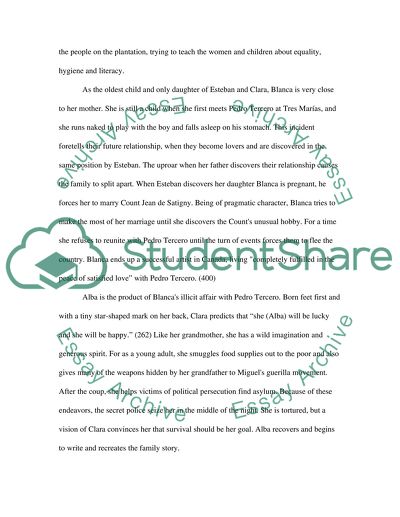Cite this document
(“Portrayal of Real Life Latin American Women in Literature Book Report/Review”, n.d.)
Portrayal of Real Life Latin American Women in Literature Book Report/Review. Retrieved from https://studentshare.org/miscellaneous/1529421-portrayal-of-real-life-latin-american-women-in-literature
Portrayal of Real Life Latin American Women in Literature Book Report/Review. Retrieved from https://studentshare.org/miscellaneous/1529421-portrayal-of-real-life-latin-american-women-in-literature
(Portrayal of Real Life Latin American Women in Literature Book Report/Review)
Portrayal of Real Life Latin American Women in Literature Book Report/Review. https://studentshare.org/miscellaneous/1529421-portrayal-of-real-life-latin-american-women-in-literature.
Portrayal of Real Life Latin American Women in Literature Book Report/Review. https://studentshare.org/miscellaneous/1529421-portrayal-of-real-life-latin-american-women-in-literature.
“Portrayal of Real Life Latin American Women in Literature Book Report/Review”, n.d. https://studentshare.org/miscellaneous/1529421-portrayal-of-real-life-latin-american-women-in-literature.


